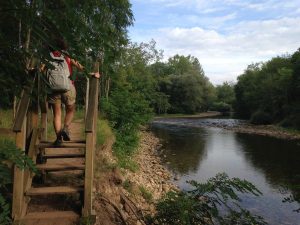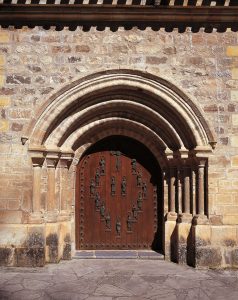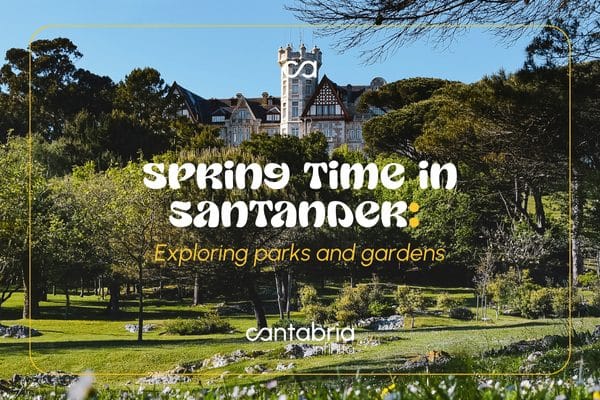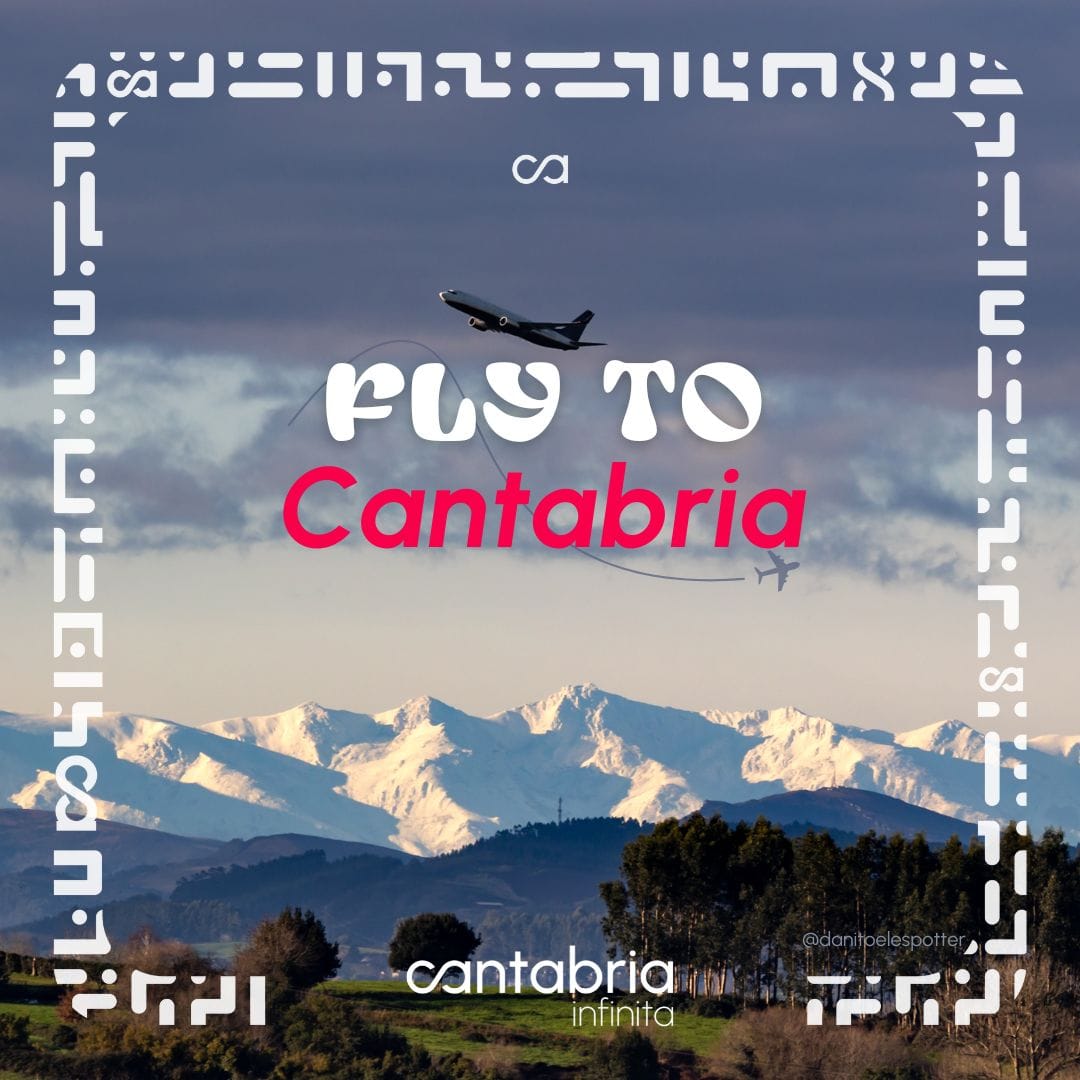The Lebaniego Way in 3 stages
Now already well into the Liébana Jubilee Year, we believe that it is important to travel the Lebaniego Way with all of you.
Now already well into the Liébana Jubilee Year, we believe that it is important to travel the Lebaniego Way with all of you, our visitors and friends. And although not in the physical manner form, we can provide you with some important recommendations for all those who are game to walk the way.
The first thing is to have very clear picture about the basic information which comprise this adventure for deciding what to do and to how to divide the stages. The Lebaniego Way is 72 kilometres from San Vicente de la Barquera to the Monastery of Santo Toribio de Liébana. Traditionally the Way has been divided into three stages, but this depends on each person, their objective and their physical shape. The three stages are very different, and it is essential you take this into account in your organisation.
The first stage is from San Vicente de la Barquera to Cades. This stage includes nearly 8 kilometres along a river path, the Nansa, between Muñorrodero and Camijanes.

The second stage is the longest of all, 30 and a half kilometres from Cades to Cabañes. It is undoubtedly the hardest of the three stages due to its considerable distance and steepness. But, in exchange, such extraordinary places can be found as the Church of Lebeña, the Santa Catalina viewpoint or the Hermida Gorge with its spectacular panoramic views of the Picos de Europa National Park. In the surroundings of the viewpoint, one can walk among oak and beech trees, in a forest full of Cantabrian mythological figures.
The third stage takes one from Cabañes to the Monastery of Santo Toribio, where one can venerate the Lignum Crucis relic and is the end of our journey. This stage is the shortest of the three, with just under 14 kilometres, almost all of the terrain downhill or flat, except for the last stretch which climbs from Potes to the Monastery. In this stage one will cross the famous Pendes “Habario” and where one will be able to taste some the best typical cheeses of Liébana (Quesucos de Liébana) in that same town. Then crossing the town of the village of Potes and reaching the end of the Way.
Three stages that, as previously mentioned, can be adapted to the interests and abilities of each person. The stages the Way, as well as reasons behind doing so, are many and various, but all equally valid. In a recent interview, the guardian of the Lignum Crucis and Franciscan friar, making an ancient Arabic proverb his own, stated that there are three types of pilgrims, and that statement was quite interesting to us. He explained that there are those who walk the path with their feet, thinking of the physical effort and the challenge of surpassing themselves every day. Others make a pilgrimage with their eyes, taking delight in the magnificent nature, heritage and culture which they encounter along the way. And there are those who do so coming from the heart, spiritually motivated, a self-discovery, a moment of reconciliation or the fulfilment of a promise.
The common denominator for all pilgrims is to bear in mind is the importance of following a series of recommendations. The first is that, if you are not used to walking, practice beforehand by increasing the time, every week, so as to get into shape and gain experience.
The second is to choose the route you are going to follow, to find out about the hostels, restaurants and bars open at each stage, both for accommodation and to rest. The third is to choose the right footwear and backpack and be prepared for weather changes. The fourth to bring all necessary documentation: identity card, social security card and of course the credential.
This year, an exceptional moment to do the Way given that it is Jubilee Year, it is interesting to taken into account the events of various kinds, which will be held throughout the year both near the Way and in the various Cantabrian towns. On 16 April last the «Door of Forgiveness» (plenary indulgence) was opened and the flow of pilgrims is becoming more and more frequent.

This Liébana Jubilee Year will end on 15 April 2024, but, as has been the case since the Middle Ages, each symbolic closing of the Door of Forgiveness (Puerta del Perdón) does not mean in any either the closing of the doors of the activity until the next Jubilee. In the same, neither does it mean for Liébana the closing of the gates of salutation, but rather, adding this renewed value to its already numerous resources, these gates should be constantly open for anyone who wish to discover this region enjoying the legacy, the heritage and values which make this region of Cantabria our «Land of Jubilee» as it does not have to be Jubilee Year to make the pilgrimage and live the experience of the Lebaniego Way to the Monastery of Santo Toribio.
Would you like to make the pilgrimage this Liébana Jubilee Year? We look forward to your comments and your visit to Cantabria Infinita. All the information about the Liébana Jubilee Year and the Lebaniego Way, can be found at www.caminolebaniego.com.
Come and experience the Liébana Jubilee Year in Cantabria, come and enjoy in Cantabria, + x to discover.






